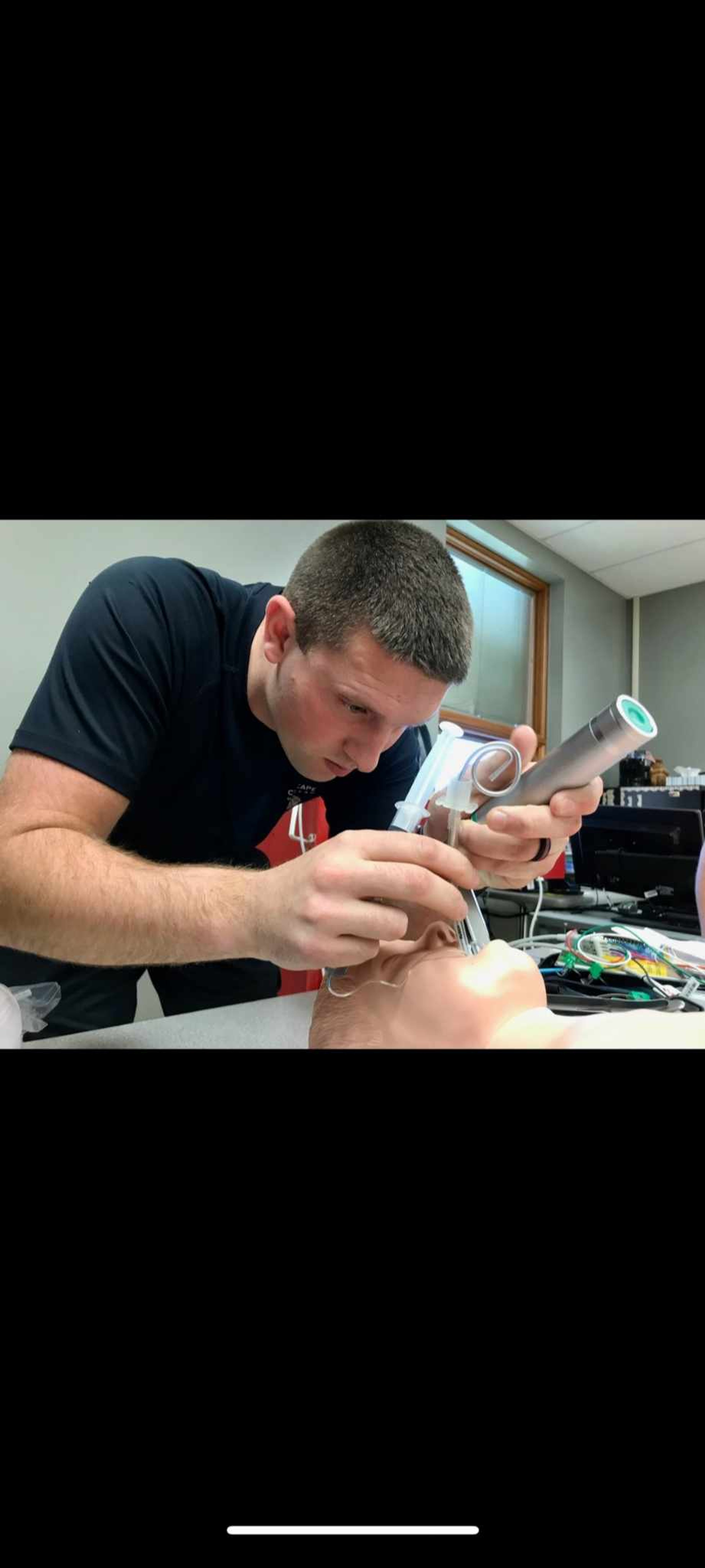LADYBUG: GARDENING RESOLUTIONS FOR THE NEW YEAR PLANTINGS
New Year's resolutions usually turn to mush within a few days or weeks after our silky smooth good intentions are laid out in either mind or on paper. Nevertheless, let us plunge onward into this often plowed territory and see what sprouts when gardeners turn their minds toward perfection...
New Year's resolutions usually turn to mush within a few days or weeks after our silky smooth good intentions are laid out in either mind or on paper.
Nevertheless, let us plunge onward into this often plowed territory and see what sprouts when gardeners turn their minds toward perfection.
This year let us resolve, green thumbs and all, to:
* Lay out a comprehensive garden plan before the growing season starts, then stick to it.
* Determine the colors that will best suit the location and make the plantings pleasing to the eye.
* Determine where annuals and perennials should go (and what perennials are in place.)
* Work the soil well before planting.
* Fertilize according to the specific needs of the particular plant, and then sparingly. More plants die from over fertilizing than from under fertilizing.
* Use care in location. Do not place sun-loving plants in the shade, or shade-loving plants in the sun.
* Water new plants in well, especially if the soil is dry or the sun is hot.
* Cover newly planted flowers with newspapers or boxes if they are in the hot sun. Remove covers at nightfall.
* Sharpen tools frequently, and especially at the beginning of the season.
* Buy healthy plants, avoiding scraggly plants that often have not been watered for days, or show signs of disease. Poor plants at the start rarely recover their health.
* When in doubt, find a garden book or magazine to gain information to answer the question.
* Add to our garden library those books or periodicals that bring the latest information about plants, planting methods. Gardening doesn't remain static.
* By all means, read the garden catalogs. They show new varieties, give planting hints and provide ideas. These winter months are the time to read and plan.
* Find catalogs that give specific directions for planting and fertilizing. Almost all describe color of each variety. Resolve to read these for planting help.
* Remember the hot days to come. If practical, put in an underground watering system. If not, use a soaker hose to trickle water on plants.
* Get up early during the hots days of summer to cultivate, fertilize or water plants. Avoid the heat of the day.
* Pinch off spent blossoms to promote growth of new ones.
* Begin thinking of next year's garden well in advance. Bulbs must be planted in the fall for colorful flowers in the spring and summer.
* Use charts usually furnished with packaged bulbs to determine depth. Use bulb booster when planting. Bone meal is out.
* Remember that bulbing plants look better in color clusters. Plan the beds accordingly.
* To plant seeds to the time element will have them ready for transplanting at the proper time.
* Remove plants promptly as they die back after maturity. This may leave space for new plantings.
* Clean the garden thoroughly at the end of the season, both to keep it attractive and to remove plants and leaves that may hold disease.
* Always try to plant something new each year. There are new introductions in the many catalogs that are now in the mail. Also, the All-America Selections, two petunias and a unique salvia, Strata, are available.
Here are some resolutions for vegetable gardeners:
* Lay out your garden plan on paper so you do not plant the same crops in last year's space. Too much chance of disease.
* Wait until the ground is reasonably dry. Wet ground turns into hard-to-break clods.
* If it is practical for you, turn the garden over with a spade to a depth of 10 or 12 inches before tilling. Few tillers can reach that depth. The ground needs aerating.
* Plant lettuce and radishes early and in a hot bed or under a cloth or other protective covering. You will harvest both weeks before they would be ready in an unprotected space.
* Next fall, before a hard freeze, remove all old plants and till the garden. It then will be ready for spring planting.
* Fertilize regularly, but carefully. Many a tomato failed to make it because too much nitrogen was used.
* Plant successive crops a week or so apart to assure continuous harvest.
* To avoid cultivating in hot weather, use a black plastic mulch. Cut plastic for planting. Plants will grow through the openings.
* As with flowers, if you grow from seed check your growth schedule to assure plants are ready for transplanting at the proper time.
Some of these resolutions and garden tips may be elementary, but it doesn't hurt to remind ourselves of the months ahead.
HAPPY NEW YEAR!
~Mary Blue is a resident of Cape Girardeau and an avid gardener.
Connect with the Southeast Missourian Newsroom:
For corrections to this story or other insights for the editor, click here. To submit a letter to the editor, click here. To learn about the Southeast Missourian’s AI Policy, click here.









